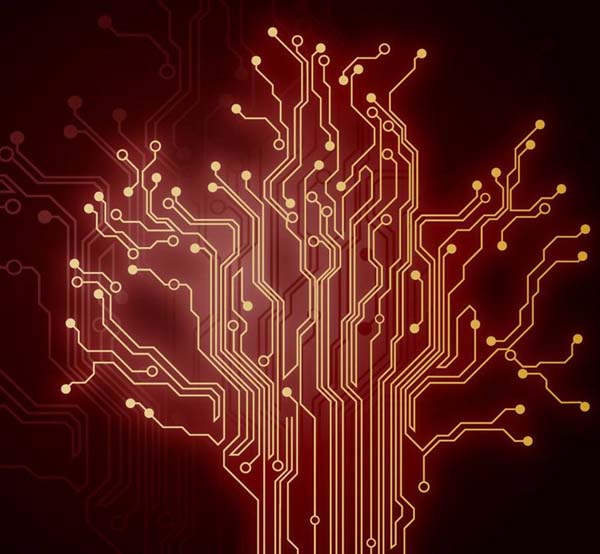About us
FASTPCBA Co.,Ltd
-
 Building 1, Senyang Electronic Technology Park, Guangming High-tech Park, Yutang Street, Guangming District, Shenzhen City.
Building 1, Senyang Electronic Technology Park, Guangming High-tech Park, Yutang Street, Guangming District, Shenzhen City.
-
 F:86-13418481618
F:86-13418481618
-
 [email protected]
[email protected]
 date:2019-06-11 13:37:00
date:2019-06-11 13:37:00
In the SMT assembly process, what is a blind hole and a buried hole
Although some information about board prototype has been existed for a long time, getting a direct answer can be confusing. There are a lot of information that even the most experienced engineers may have difficulty to distinguish whether the information about their particular prototype PCB is right or wrong. An example of this is the difference between a blind hole and a buried hole in circuit board. Below is information about what is blind via and buried via technology in PCBs.

What are blind holes and buried holes?
We all know that the copper track on the printed circuit board is the conductive path used to connect the two points in the PCB.
Blind holes channel:
The blind hole is a copper plated hole that is only interconnected with one of the outer layers of the PCB. However, it is important to know that the hole does not reach until the board , making it "blind" or "invisible" to the naked eye.
Buried holes channel:
On the other hand, the buried holes connect at least two layers without reaching the outer edge of the board. Therefore, it is buried inside the circuit and completely internal.
Other useful information about blind and buried holes in prototype PCB manufacturing:
In general, these two types of holes are used for higher density boards because simple boards do not actually require different design structures because they consist of only one layer.
Blind holes channel:
The holes of the blind holes must be defined by a separate drill collar, and the ratio of the hole diameter to the drill diameter must be less than or equal to one.
The smaller the hole, the smaller the distance between the outer layer and the corresponding inner layer.
Each hole has an inner layer.
Buried holes channel:
Because these buried holes are used to connect different parts of the inner layer of the prototype circuit board, each hole must be made from a separate drill file.
FASTPCBA SMT Processing Plant: The ratio of drilling depth to drill diameter needs to be less than 12, as any larger borehole has the potential to enter any other connection deep inside the panel.
 Building 1, Senyang Electronic Technology Park, Guangming High-tech Park, Yutang Street, Guangming District, Shenzhen City.
Building 1, Senyang Electronic Technology Park, Guangming High-tech Park, Yutang Street, Guangming District, Shenzhen City.
 F:86-13418481618
F:86-13418481618
 [email protected]
[email protected]